At a school in the centre of Perth, two dozen children learn entirely in Gaelic.
Goodlyburn Primary School is just one of three primary schools in Courier Country to offer what’s known as Gaelic medium education (GME).
This sees children taught exclusively in the language for their first three years, with English only introduced in P4.
Similar provision is offered at Breadalbane Academy’s primary school and Whitehill Primary School, in Forfar.
As the Scottish Government develops new legislation to support Gaelic and Scots and growth of GME, we visited Goodlyburn along with Education Secretary Shirley-Anne Somerville to learn more about how children learn in Gaelic.
Watch: Goodlyburn Primary Gaelic class sing
Most of Goodlyburn Primary School’s 250 or so pupils learn in English, but 24 in two composite classes learn in Gaelic.
Signs around the school are in both languages and the library includes a stock of Gaelic translations of popular children’s books.
Children in the P1 to P3 class are taught entirely in Gaelic to allow them to become fluent.
And it’s a language which is new to most of them, with only a minority coming from families where Gaelic is spoken.
In P4 English is introduced and pupils are taught in both languages.
According to a study by Edinburgh University young people in Gaelic medium education performed as well as their peers learning in English, and better in English language.
And Goodlyburn head teacher Annemarie Sands says children reap all the benefits of being bilingual or even multilingual.
Six new P1 pupils have joined the Gaelic classes and she said that they will be fully immersed in the language from the start.
“From P1 the teacher speaks to them the whole day in Gaelic,” she explained
“In P4 to P7 they are still taught everything in Gaelic but they start to learn English, reading and writing, but through the medium of Gaelic.”
Children are taught the same curriculum as peers in adjoining classrooms, and often share topics. They also sometimes teach the 10 other classes some Gaelic phrases, so the whole school benefits.
Only one of the school’s families with children learning in Gaelic speak the language at home.
There are many reasons, Annemarie said, why parents want their children to learn in a language that initially is foreign to them.
They understand the benefits of being bilingual or trilingual and they want this opportunity for their children.”
Head teacher Annemarie Sands
She said: “Some families aren’t from Scotland so they have more than one language already at home.
“They understand the benefits of being bilingual or trilingual and they want this opportunity for their children.
“We have smaller class sizes – at the moment – and some parents feel that’s a benefit.
“A lot of it is word of mouth.”
The school has been teaching in Gaelic for around two decades, she said, and has developed a good reputation for the provision.
While at the school launching the government’s consultation on its approach to Gaelic and Scots, Ms Somerville said she saw a “real passion” for the language.
She said: “This is a language which is thriving, which is a living, breathing language.
“It’s our responsibility to make sure we are developing that and doing everything we can to support that.
“This school is a fantastic example of Gaelic as a living language, here in the heart of Scotland.”
Do you think Gaelic should be taught more widely in Scottish schools? Have your say through our readers’ poll.
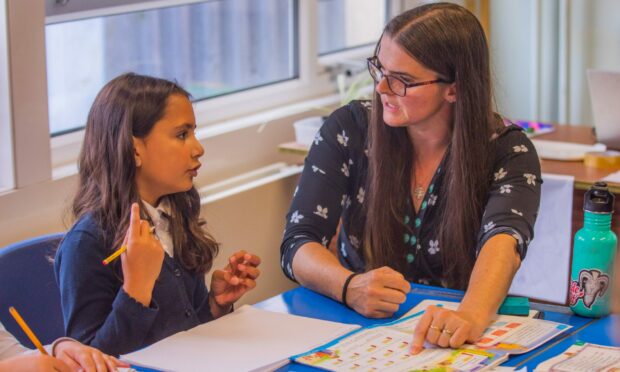
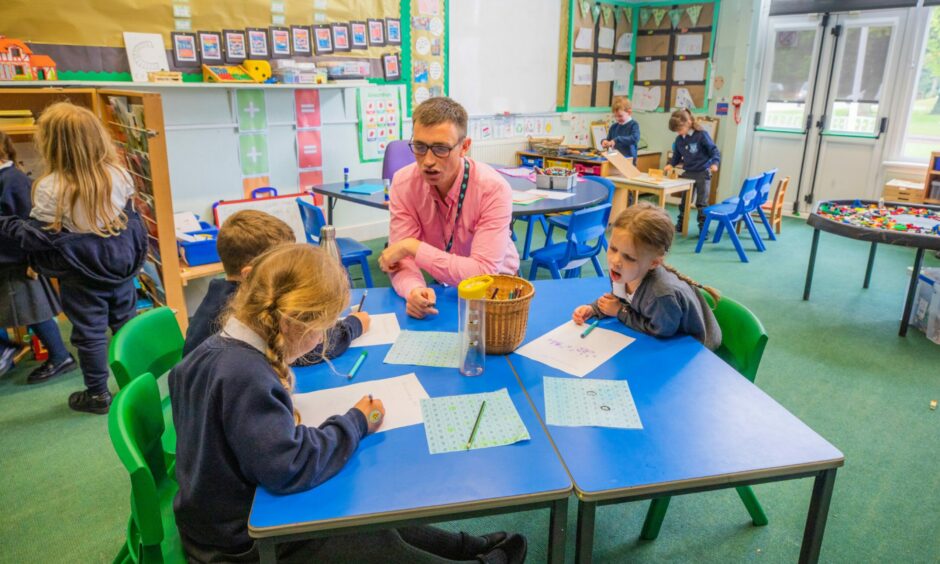
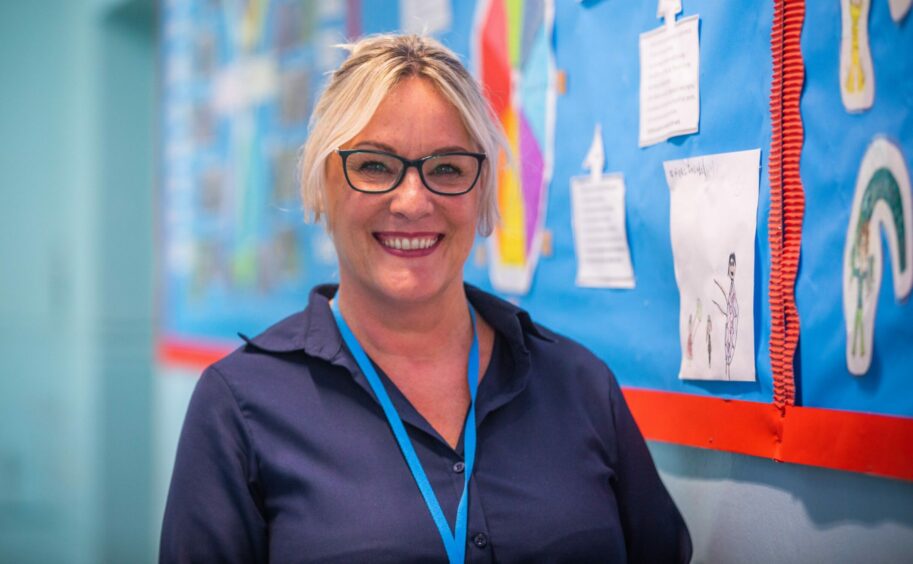
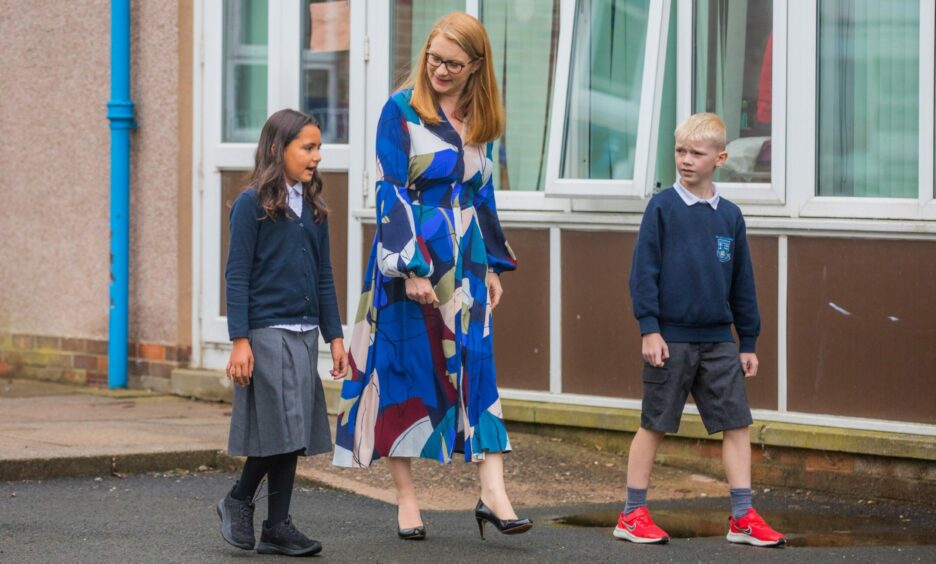






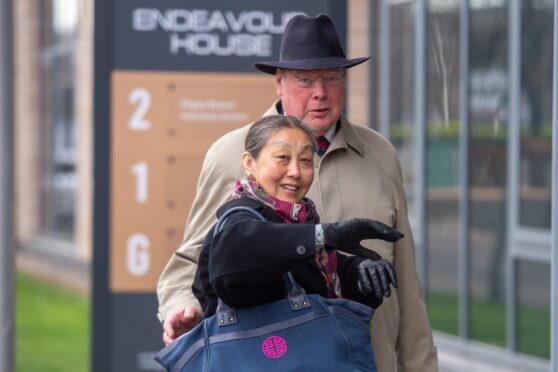



Conversation